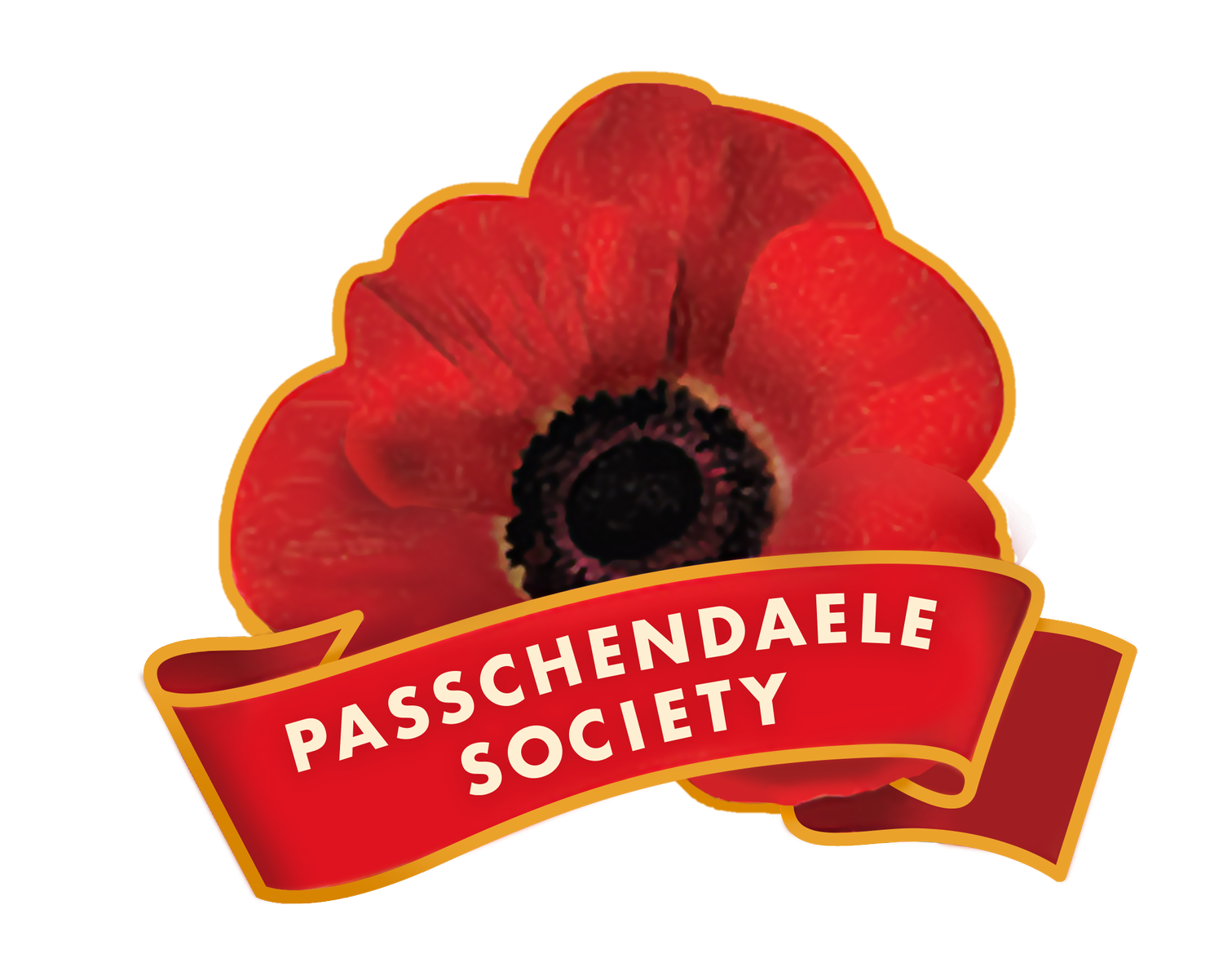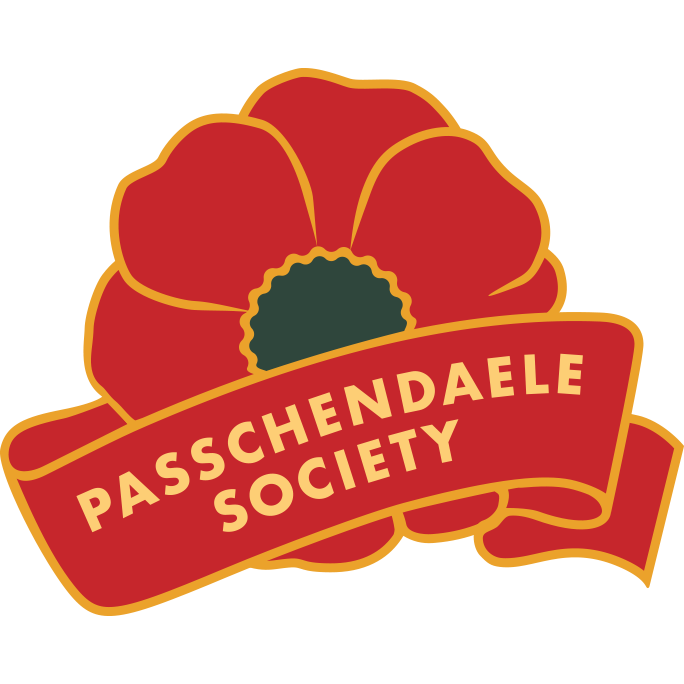Passchendaele in schools
Visit the free educational resource website about the Battle of Passchendaele and New Zealand’s involvement in the First World War at bloodandmud.org
Invitation to schools, teachers and students
The Ministry of Education’s Passchendaele Centennial Competition in 2017 encouraged a team from St Paul’s Collegiate in Hamilton to enter. The team comprised Dylan Woodhouse, Tony Wu, Lucy Tustin and Conor Horrigan. The Passchendaele Society subsequently obtained rights for their winning entry bloodandmud.org and has developed the original concept significantly. The bulk of the site will be useful for learners in years 7-10, however there is also an NCEA section (years 11-13) and a section for younger learners (years 2-6). Dylan from the original team has since joined the Society’s board and can be contacted via Facebook if there are questions.
Schools, teachers and students are invited to utilise this website resource by linking it with other areas in the history and social sciences curriculum. There is a page on the site specifically for teachers – it shows exactly how the resource addresses various parts of the current NZ history curriculum.
It can be seen on the community page how teachers and students have used the resource before. Students are encouraged to learn about the Great War in their local community through the “Adopt an Anzac” activity.
The Passchendaele Society
The objectives of the Society are based on the Ypres Agreement of 4 October 1917 where the Flemish and New Zealand governments resolved to cooperate in the field of shared history of the world wars of the twentieth century.
The Society’s prime objective is to enhance community awareness and recognition of the events at Passchendaele and the Western Front related to the Great War of 1914-1918. Within this overall context, the specific objectives are to increase broad recognition, educate younger generations, honour the war dead, preserve heritage material and encourage tourism to commemorative sites in Flanders and New Zealand.
Educating younger generations
To commemorate the centenary of the Battle of Passchendaele in 2017, the Society worked with the Ministry of Education and the Fields of Remembrance to formulate a competition challenging 16-18 year old students to produce a curriculum resource about the Battle of Passchendaele for younger students. This was to be delivered through the innovative use of digital technologies and made available for future generations to ensure the sacrifices made by New Zealanders are never forgotten.
The Ministry described the resulting digital resource as of an exceptional quality.
The ten winners of the competition participated in a ten-day tour of the centennial commemorative activities in Flanders.
Encouragement from the Ministry of Education
The Ministry subsequently encouraged the Society to communicate the lessons from Passchendaele through schools and teachers to students. It suggested this could best be done by linking the lessons with broader learning areas in social sciences outlined in the curriculum. The role played by teachers in this process is obviously paramount but, in order to provide a starting point, the Society prepared suggestions regarding areas where lessons might be learned from Passchendaele.
The Society’s suggestions
There is general agreement among historians that one word has become a metaphor for the horrors of war – Passchendaele.
The world was shocked in 1916 when one million casualties resulted from the Battle of the Somme. Despite the evidence that the attacking army lost more men than the defending forces, British Commander-in-Chief Sir Douglas Haig’s planned response in 1917 was to attempt to drive the Germans out of Belgium at Passchendaele. His documented strategy recognised the inevitability of more casualties but controversially emphasised that Britain and its colonies had access to a bigger pool of manpower than the Germans.
The British Prime Minister David Lloyd George was opposed to the Passchendaele Offensive. What he was later to describe as “the most futile and bloody fight ever waged in the history of war” resulted in half a million casualties. The differing views of Lloyd George and his Commander-in-Chief offer an excellent starting position in examining war and its consequences.
Linking Passchendaele with social sciences
A learning series could be made about “The People Who Made New Zealand” – and include the first Polynesian arrivals, the early European settlers, the colonial wars, the Treaty of Waitangi and the land wars – and linking this series with the First World War as New Zealand made its presence known on the world stage. The significance of Passchendaele, which has been described as New Zealand’s darkest day, is of major importance in the emergence of the country as a nation state. It has had a huge influence on the nation’s thinking and on its social, economic and political development. It seems that scarcely any family in New Zealand could have escaped the influence of such a major event on them and their communities.
Invitation to schools, teachers and students
The Passchendaele Society
Educating younger generations
Encouragement from the Ministry of Education
The Society’s suggestions
Linking Passchendaele with social sciences

